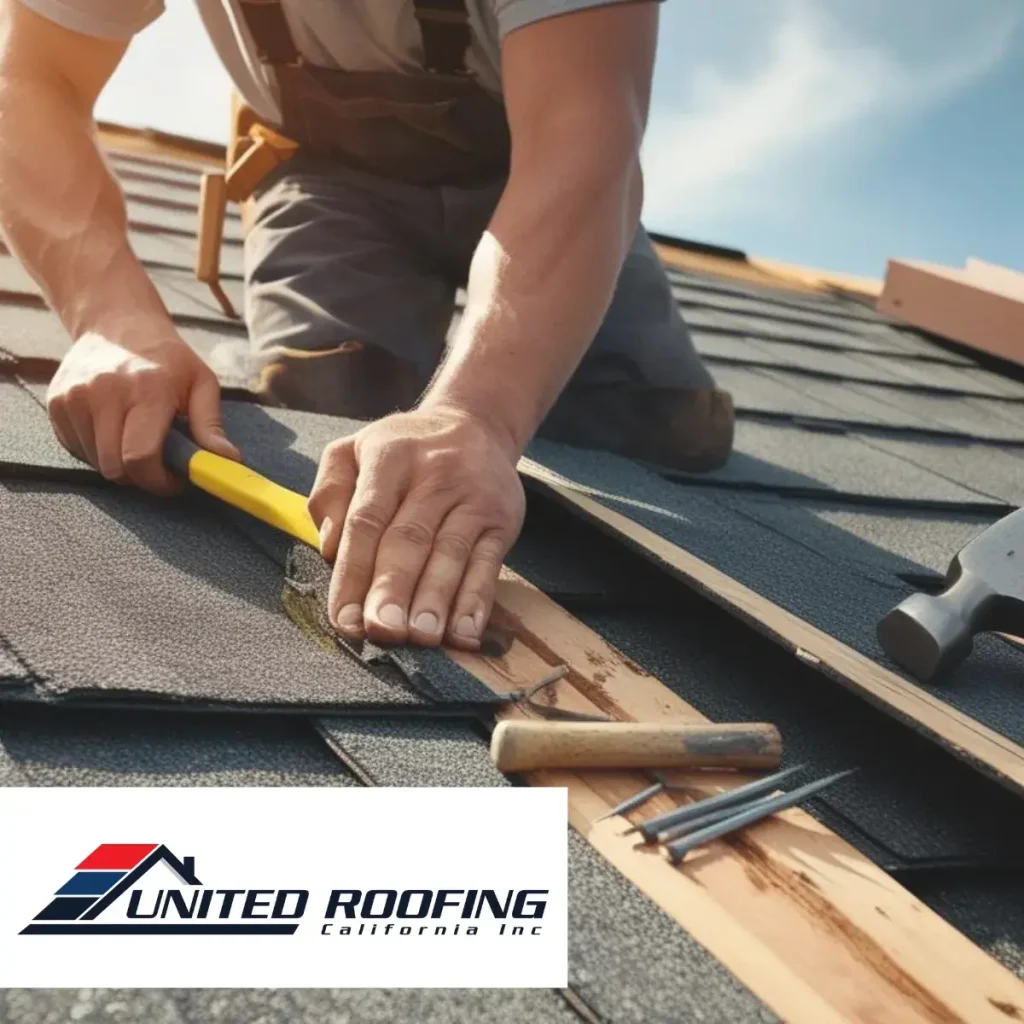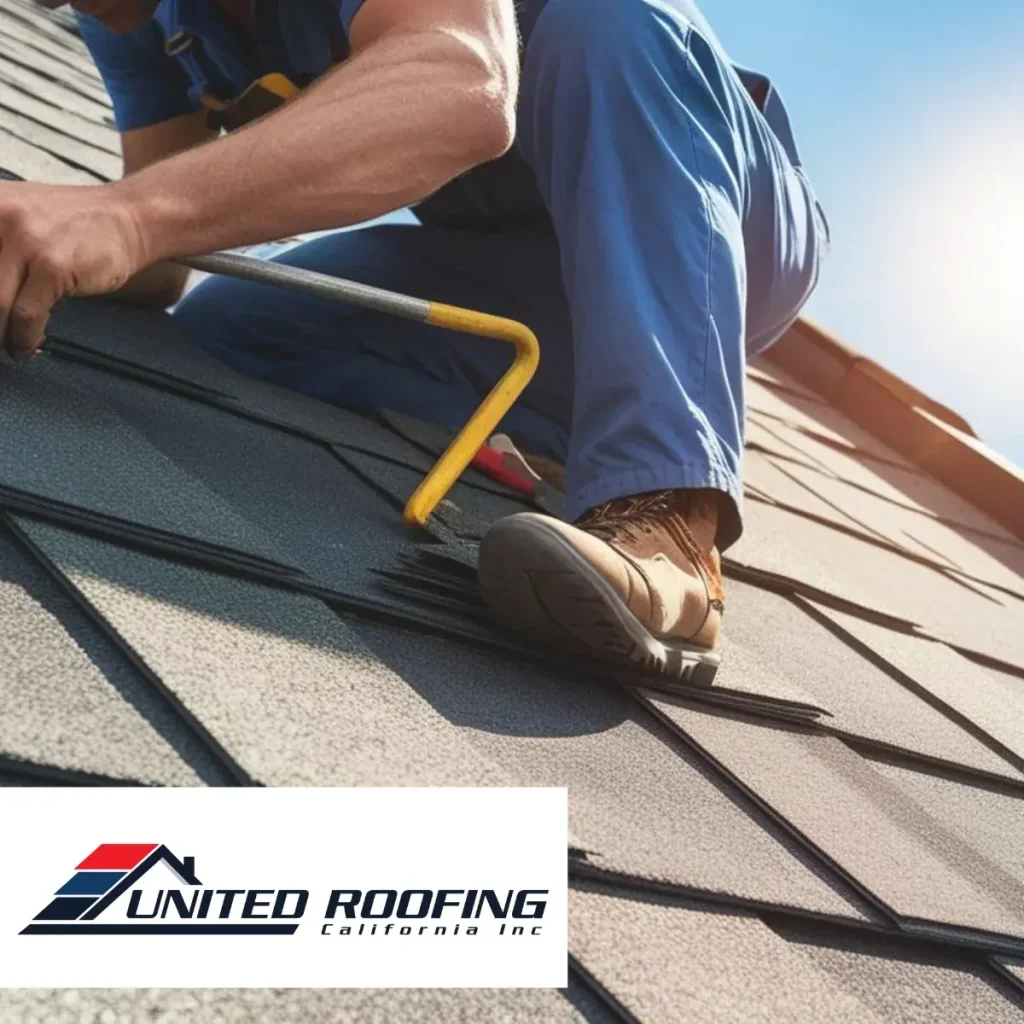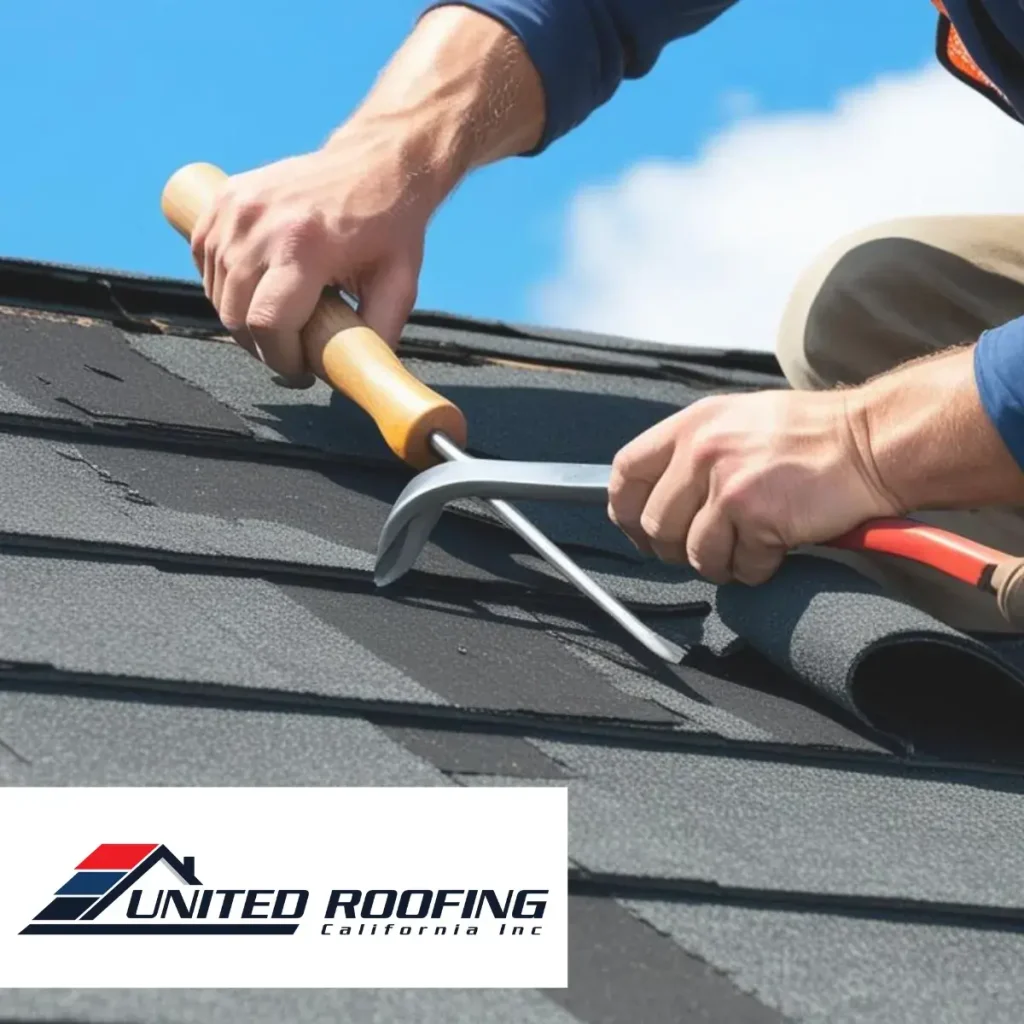Roofing systems face constant exposure to the elements, and the climate where your property is located plays a major role in how often repairs are needed—and who is best equipped to handle them. From heavy rains and coastal humidity to high winds and desert heat, different environments call for different solutions. Choosing a roofing repair service with local weather expertise can make a critical difference in the durability and effectiveness of the work performed.
Roofing Needs in Rain-Prone and Coastal Areas
In regions with frequent rainfall or coastal exposure, water infiltration is one of the top concerns for property owners. Persistent moisture can cause flashing to loosen, underlayment to degrade, and mold to form beneath the surface. In these environments, a roofing repair specialist must prioritize waterproof materials, strong drainage systems, and timely response to storm-related damage. Contractors familiar with high-moisture regions understand the urgency of sealing vulnerabilities before leaks lead to interior damage or structural rot.
Repair Strategies in Windy and Storm-Heavy Regions
High-wind zones and areas vulnerable to seasonal storms require robust repair techniques designed to prevent uplift and impact damage. From reinforcing seams to securing shingles or membrane systems, the methods used in these environments differ from those in calmer areas. When looking for a roofing repair service, it’s essential to work with professionals who understand local storm patterns and can recommend long-term reinforcement solutions, not just temporary fixes.
Heat and UV Exposure in Dry Climates
In hot, arid regions where UV exposure is intense, roofing materials deteriorate faster due to thermal expansion and sun damage. Flat roofs and single-ply membranes are especially vulnerable to cracking and shrinkage under constant heat. A knowledgeable repair team in this type of climate will use heat-resistant sealants, reflective coatings, and UV-stable materials to extend the lifespan of the roof. Quick fixes in these areas often fail without consideration for how high temperatures affect roof surfaces over time.
Seasonal Shifts and Freeze-Thaw Cycles
In regions with significant temperature swings or harsh winters, roofing systems must endure freeze-thaw cycles that cause expansion, contraction, and eventual cracking. Ice dams, snow buildup, and blocked drainage points are common challenges. Contractors experienced in colder climates know how to address insulation breakdowns and ice-related stress without compromising the roof’s integrity. Timely inspection and preventive repair in seasonal zones help reduce emergencies and preserve structural health during extreme shifts in weather.
Learn More
Local vs. National Roof Repair Companies: Which One Should You Choose?





